Mythology and use of Amethyst in ancient societies
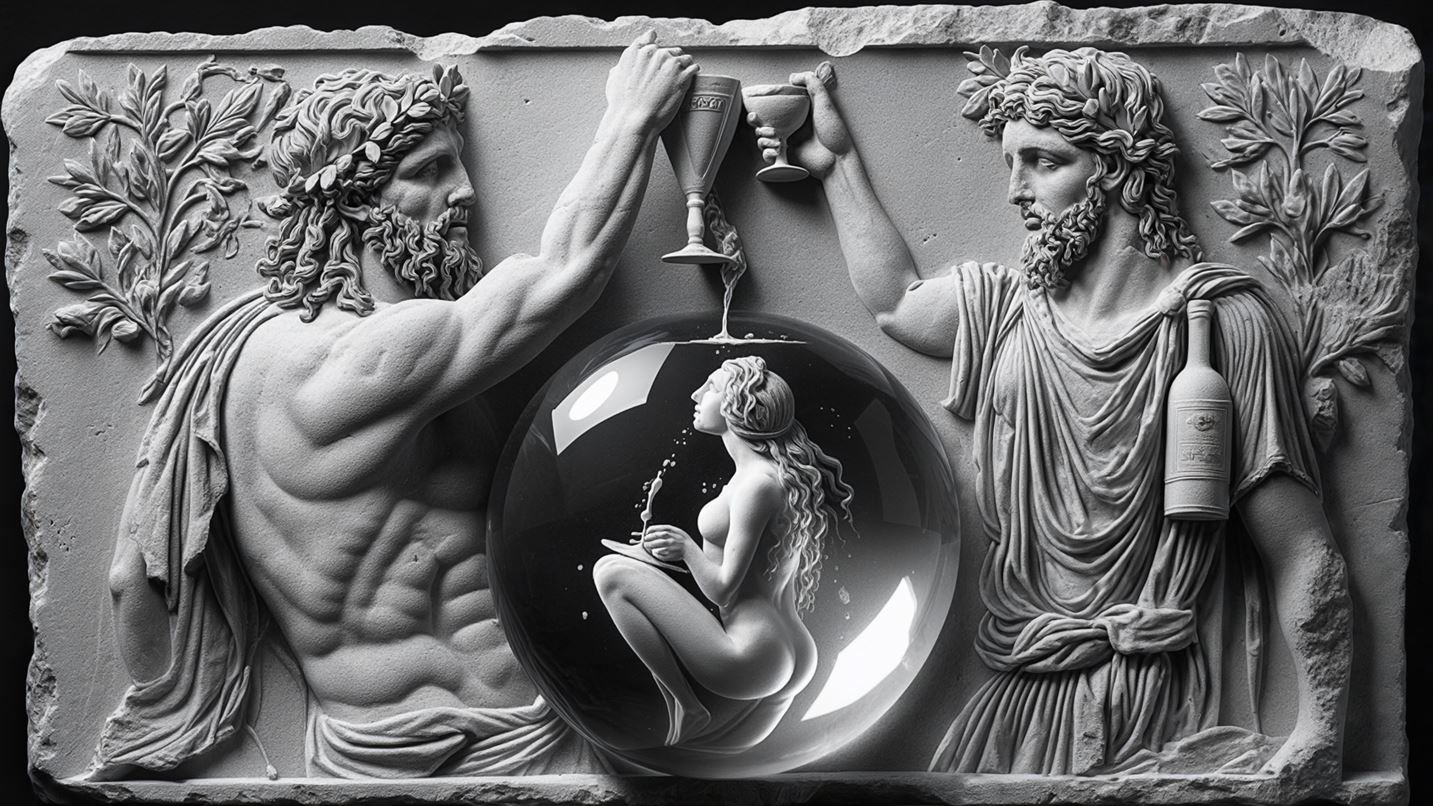
The origins of the Amethyst in Greek mythology
The mythological basis goes back a long way in Greek culture and had its beginnings in a legend about the Greek god Dionysus.
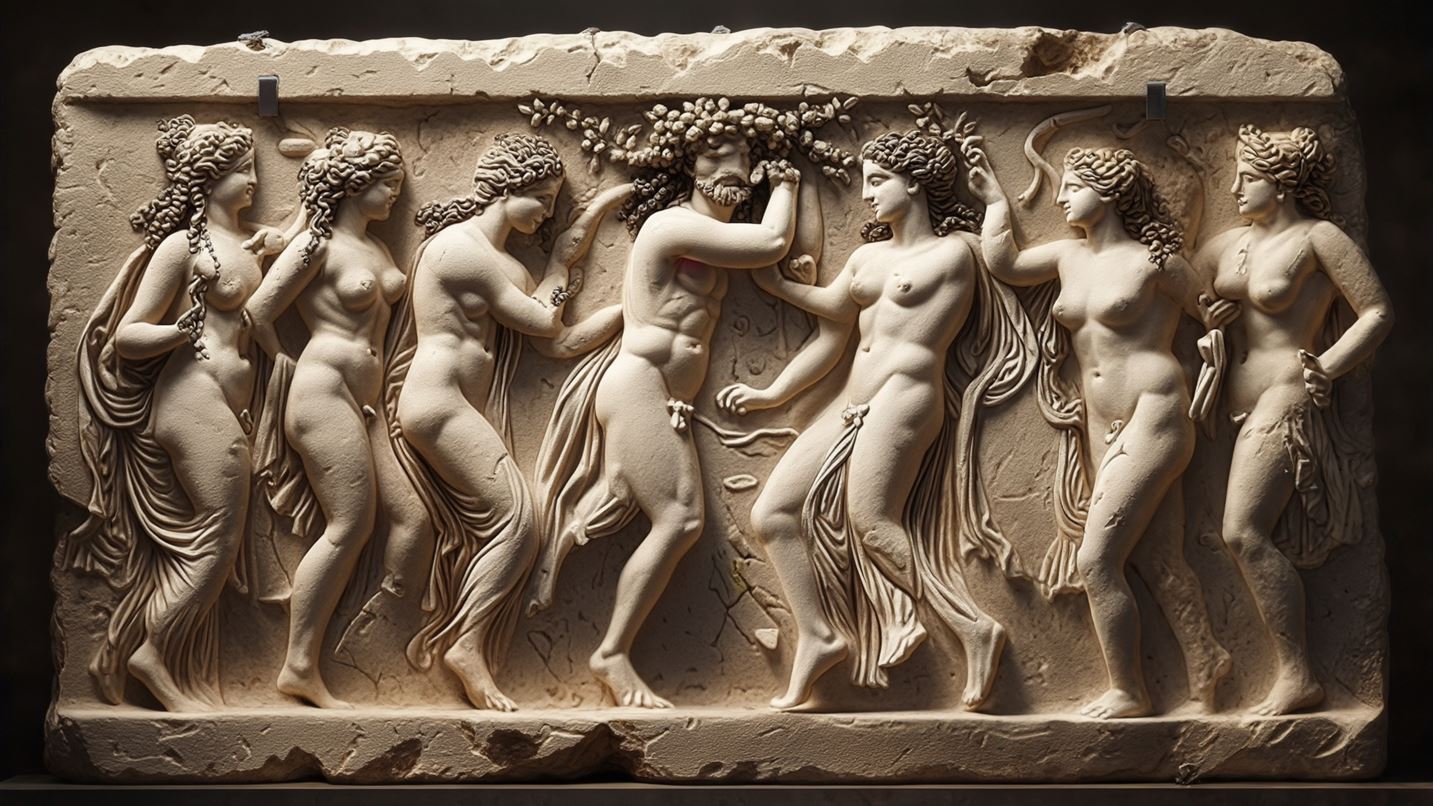
The legend of Dionysus and Amethystus
Dionysus was seen wandering one day in the mortal world when he came across a human along the way. Dionysus, known for his slightly decadent and festive personality, was drunkenly euphoric in his progress. The particular human he encountered that day mocked and condemned him - saying he was out of control and should tame his wild nature for everyone's benefit...
Dionysus left the interaction clenched and angry. He didn't get far before he shook his fist at the sky and declared that the next man or woman he encountered would know his wrath.
The unfortunate soul who next crossed his path was a young maiden named Amethystos.
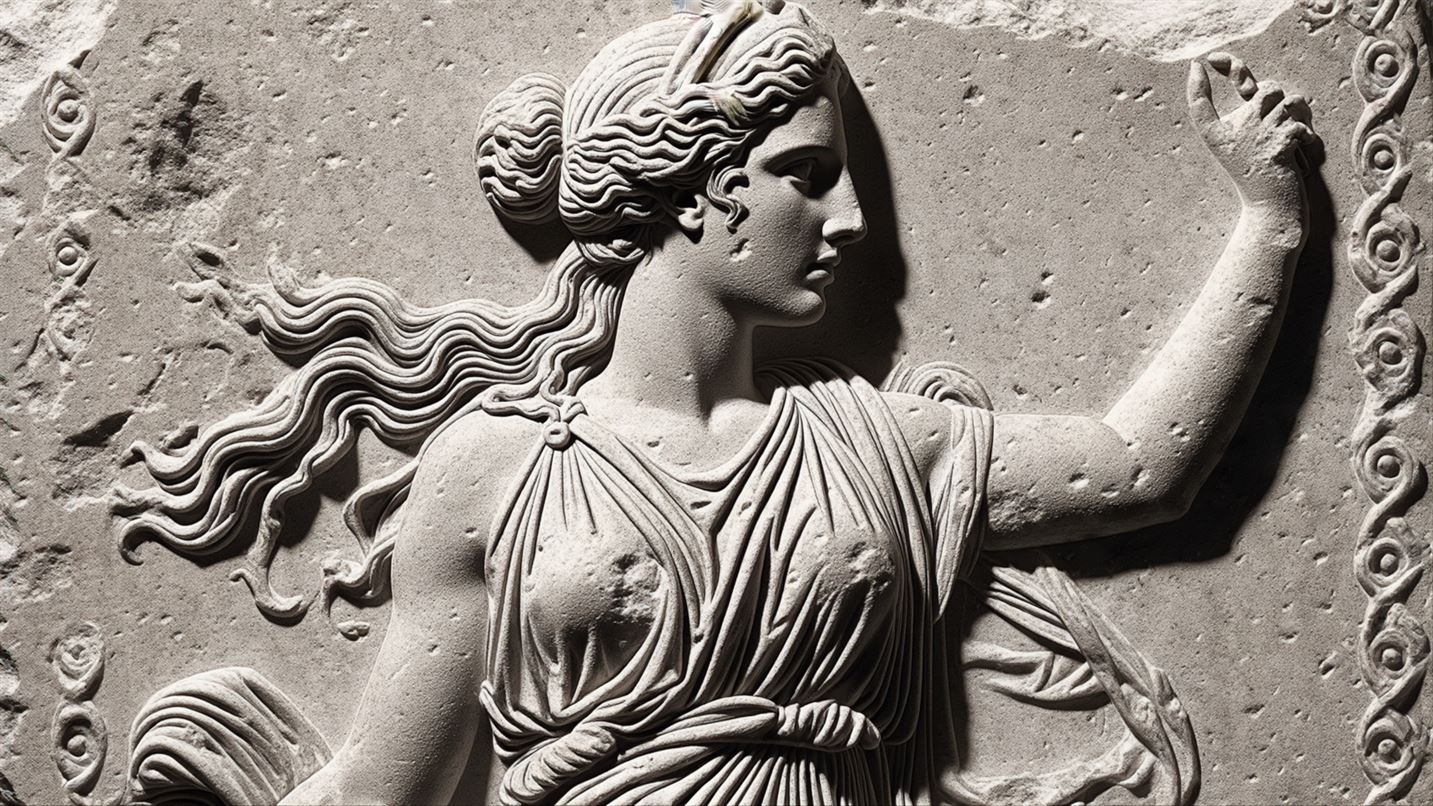
Amethystos was a faithful follower of Artemis - the goddess of chastity and the hunt. She was on her way to the temple of Artemis to worship as she so often did, but on this fateful day she encountered a furious Dionysus.
Dionysus, who like many other days wandered with his tigers, ordered the beasts to attack Amethystos. The tigers threw themselves in fury at the unwitting maiden. She cried out in terror and shouted a prayer to Artemis to protect her.
Artemis was well aware of her faithful follower, heard her call to prayer and acted quickly. Artemis cast a spell on Amethystos that sealed her body in a protective shell of pure, translucent quartz. The transformation was only possible because of the maiden's purity and protected her from the tigers' attacks.
When Dionysus saw this beautiful maiden, encased in a barrier of crystal, he was seized with remorse and a deep sorrow for his actions. He saw that the man who had mocked him was absolutely right and that Dionysus' happy nature was hurting others around him.
Dionysus called away his tigers and produced a special wine which, even for an impulsive god like himself, was not one he would ever spill unnecessarily. He opened the cork and began to pour its contents over the clear crystal that enveloped Amethystos.
The crystal absorbed the wine and turned a shimmering purple color. Amethystos, forever petrified with his beauty preserved, was hidden by Dionysus deep in the ground and subsequently became one of the most sought-after treasures on earth...
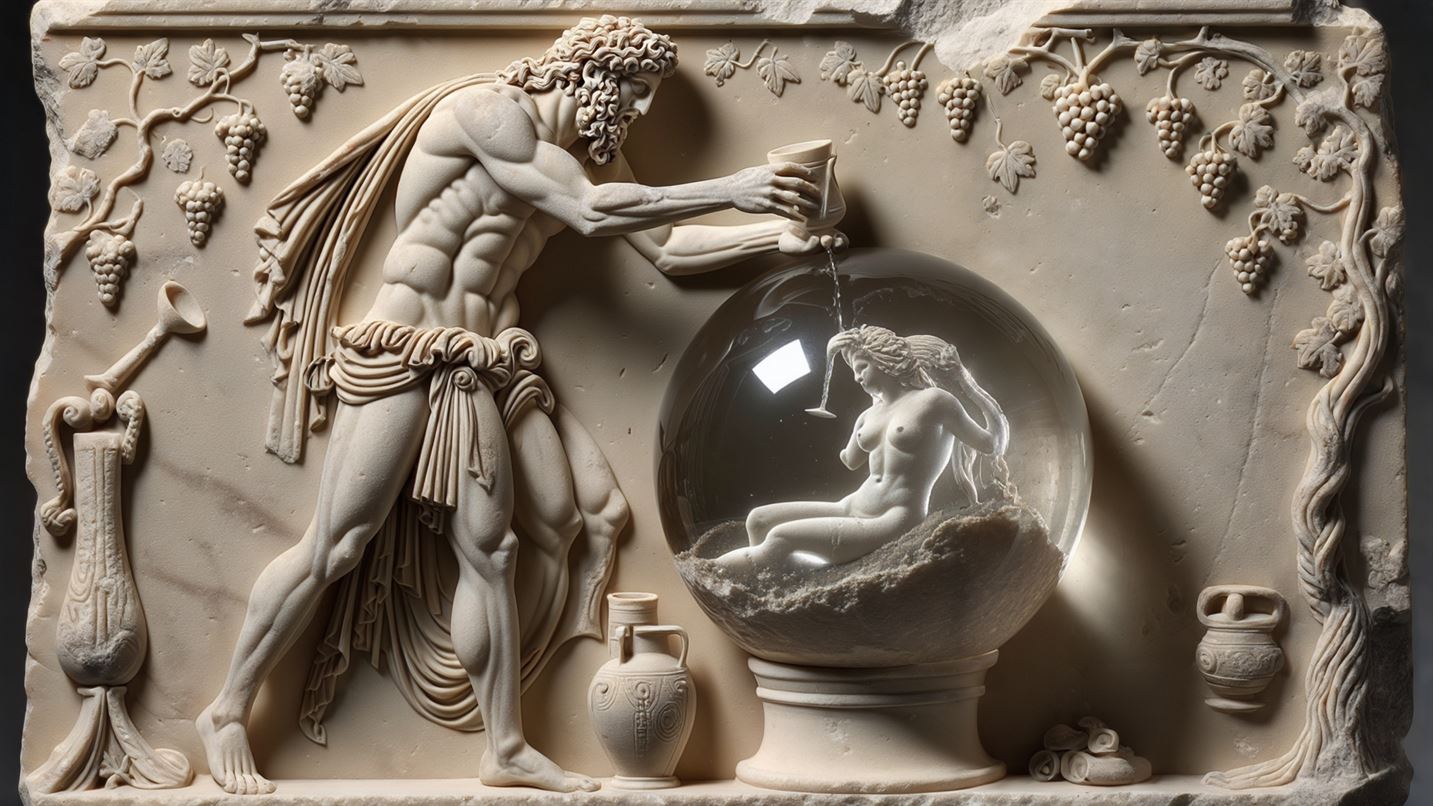
This myth intends to teach a lesson about self-restraint and purity. How lust and hedonism lead to decadent character that will hurt everyone, and how purity and faithfulness to your beliefs protects and preserves you.
How amethyst was used in ancient Rome and Greece
Amethyst played a major role in Roman and Greek society, valued not only for its beauty but also for its healing powers. The crystal symbolized clarity, protection and restraint, with its mythology woven into daily life and religious traditions.
A stone to promote sobriety and abstinence
For both the Greeks and the Romans, the amethyst became a symbol of sobriety and acted as a talisman against living in harmful excess. The wealthy in these societies had mugs and other types of drinking glasses made as it was believed that the Amethyst neutralized the negative effects of alcohol on the body. In addition to this, Amethyst also had a strong link to mental focus and emotional balance, making it a popular crystal for jewelry making.
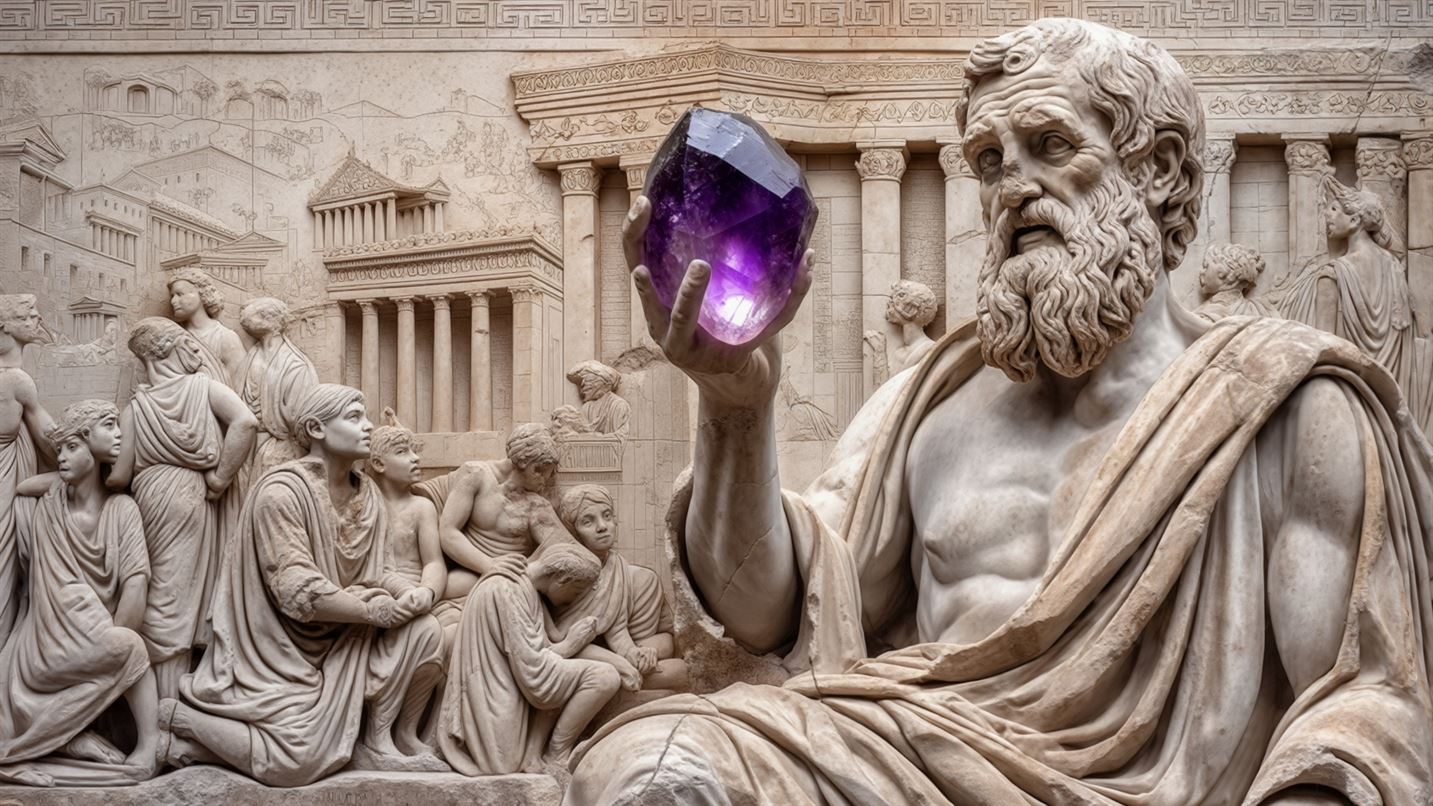
Jewelry and social status
Amethyst was a highly valued gemstone, with a deeper purple color strongly associated with higher quality and thus sought after by the high society of these cultures. The Greeks made rings, necklaces and pendants from the crystal, while the elite in Rome preferred to make signet rings, often engraved with images of gods and goddesses.
Religious and spiritual connection
The gemstone's mythological roots made it a natural choice in countless rituals and traditions related to spiritual life. It was used by oracles and priests who believed that the stone was a pathway to reaching higher states and facilitating meditation to communicate with the divine. Similarly, the Romans used the stone in ceremonies for its purifying properties, with the amethyst being a sacred gem filled with protective energies.